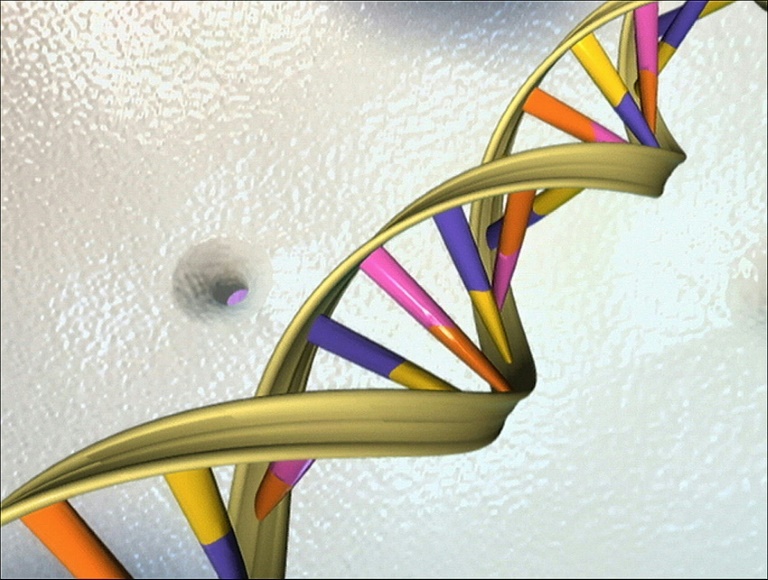Google’s new AI tool can read DNA like a language, and see immediately if a word substitution will change the meaning of that sentence, the company says. — © AFP HO
British scientists have used advanced genetic and genomic techniques to provide a major step forward in understanding and diagnosing infectious intestinal diseases.
The large-scale study analysed more than 1,000 stool samples from people with diarrheal illness. The assessment was based on two cutting edge tools:
Metagenomic (DNA-based) sequencing.
Metatranscriptomic (gene or RNA-based) sequencing.
Unlike traditional methods, these techniques do not rely on growing organisms in a laboratory (culture techniques). Instead, they detect and analyse the genetic material directly from patient samples.
Metagenomics is the study of all genetic material from all microorganisms in a particular environment, providing insights into their composition, diversity, and functional potential.
The advantage of the twin methods was that detailing the ratio of RNA to DNA helped differentiate true infections from harmless gut microbes. Hence, by combining both DNA and RNA data, the researchers gained the clearest and most accurate picture of the infection process.
Diarrhoea, a common symptom of infectious intestinal disease, affects an estimated 18 million people each year in the UK. The problem is that traditional lab tests often fail to recognise the cause, especially when infections are caused by unidentifiable or emerging pathogens. The new methods offer a solution.
According to lead researcher, Edward Cunningham-Oakes, Institute of Infection, Veterinary and Ecological Sciences, University of Liverpool: “This is the UK’s largest study to compare traditional diagnostics with these next-generation tools. We not only found infections missed by standard tests, but we could see what the bugs were doing inside the gut — something standard diagnostics just can’t show.”
The study provides a comprehensive snapshot of Salmonella gene expression directly from a human stool sample. This transcriptomic data offers new insights into how the bacteria survive and adapt after leaving the human gut.
As Salmonella remains a priority diarrhoeal pathogen in the UK, it is expected that the new knowledge will be invaluable for helping scientists to target this dangerous pathogen.
What particularly impressed the researchers was the relative stability of microbial RNA. As Cunningham-Oakes explains: “Our results show that RNA, once thought too fragile to use in stool testing, can actually give us powerful insights into how infections work. That opens up new possibilities for diagnosing and treating these illnesses more effectively.”
The ultimate aim of the research is to build a platform for innovation in healthcare. This will be open-access data so that other researchers and public health agencies can develop similar processes.
The research appears in the journal Genome Medicine, titled “Enhancing infectious intestinal disease diagnosis through metagenomic and metatranscriptomic sequencing of 1000 human diarrhoeal samples.”

